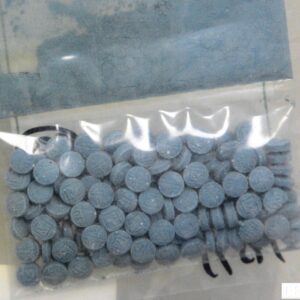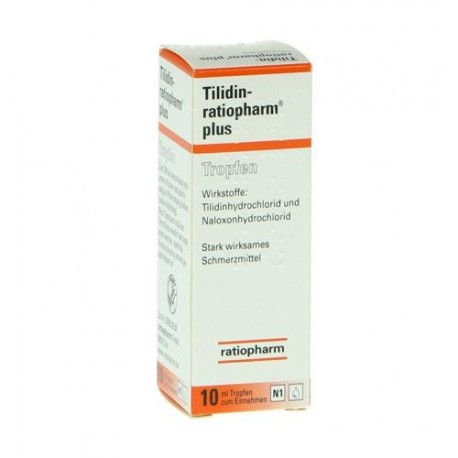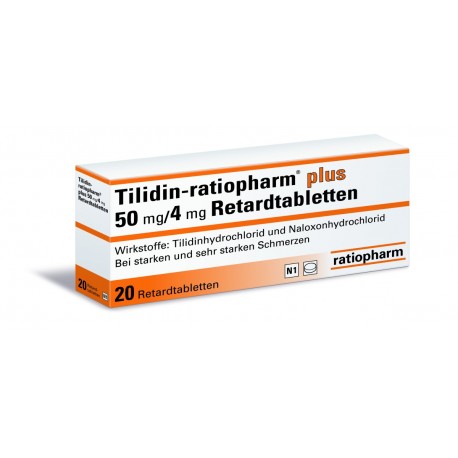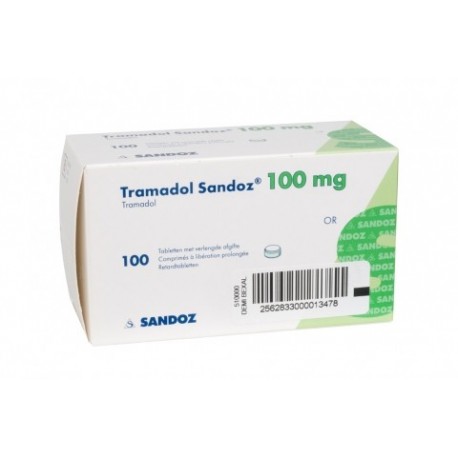

Buy Fentanyl patch for cancer pain / Fentanyl patch doses Online
From $336.30

Buy Fentanyl patch for cancer pain / Fentanyl patch doses Online
From $336.30
- Description
- Additional information
- Reviews (0)
Description
Description: The Fentanyl patch is a prescription medication designed to provide long-lasting pain relief, particularly for individuals experiencing chronic cancer pain. Fentanyl is a potent opioid analgesic that works by binding to specific receptors in the brain and spinal cord, altering the perception of pain.
Key Features:
- Transdermal Delivery: The Fentanyl patch is unique in that it delivers medication through the skin (transdermally). This method allows for a controlled and sustained release of the drug over an extended period, typically lasting 72 hours.
- Dose Variability: Fentanyl patches come in various doses to accommodate different levels of pain severity and individual patient needs. The doses are measured in micrograms per hour (mcg/h), indicating the amount of Fentanyl released every hour.
- Long-Lasting Relief: Due to its extended-release nature, the Fentanyl patch is suitable for individuals who require continuous pain relief. This can be particularly beneficial for cancer patients dealing with persistent and severe pain.
- Individualized Treatment: The choice of Fentanyl patch dose is individualized based on factors such as the patient’s current opioid tolerance, the severity of pain, and overall health. Healthcare providers carefully titrate the dose to achieve effective pain control while minimizing side effects.
- Application and Rotation: The patch is applied to a clean, dry area of the skin, and it is usually rotated to different sites with each new patch to prevent irritation. The adhesive side of the patch adheres to the skin, allowing Fentanyl to be absorbed gradually.
- Safety Considerations: Fentanyl is a potent opioid with a high risk of overdose and respiratory depression. It is typically reserved for patients who have already developed tolerance to other opioid medications. Close monitoring and adherence to prescribed doses are crucial to prevent complications.
- Side Effects and Risks: Like all opioids, Fentanyl can cause side effects such as nausea, constipation, drowsiness, and potential respiratory depression. Patients are advised to report any adverse effects promptly to their healthcare providers.
Common Fentanyl Patch Doses:
Fentanyl patch doses are measured in micrograms per hour (mcg/h). Common doses include:
- 25 mcg/h: This is often a starting dose for patients who are opioid-naive or have a low opioid tolerance.
- 50 mcg/h, 75 mcg/h, 100 mcg/h: These higher doses are used for patients with moderate to severe pain who have developed tolerance to lower doses.
- Other Variations: In some cases, Fentanyl patches with doses outside of the above range may be prescribed based on individual patient needs and response to treatment.
It’s important to note that Fentanyl patches are potent medications, and their use requires careful consideration, monitoring, and communication between patients and healthcare providers to ensure optimal pain management and minimize risks.
Additional information
| Quantity | 100 Tabs, 500 Tabs |
|---|
Be the first to review “Buy Fentanyl patch for cancer pain / Fentanyl patch doses Online” Cancel reply
Related Products



Buy Tilidin 20x 150/12mg Ratiopharm Online
Total Sales: 0
SKU: 192525


Buy Tramadol Retard 100x 100mg Online
Total Sales: 0
SKU: 736922


Reviews
There are no reviews yet.